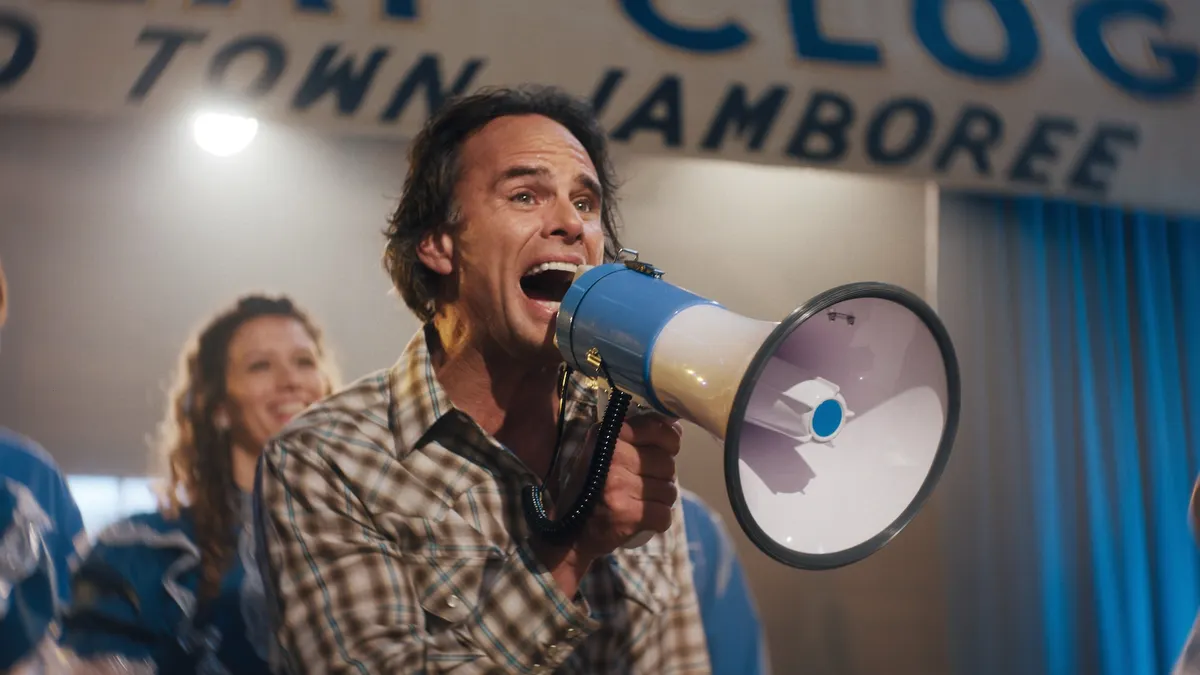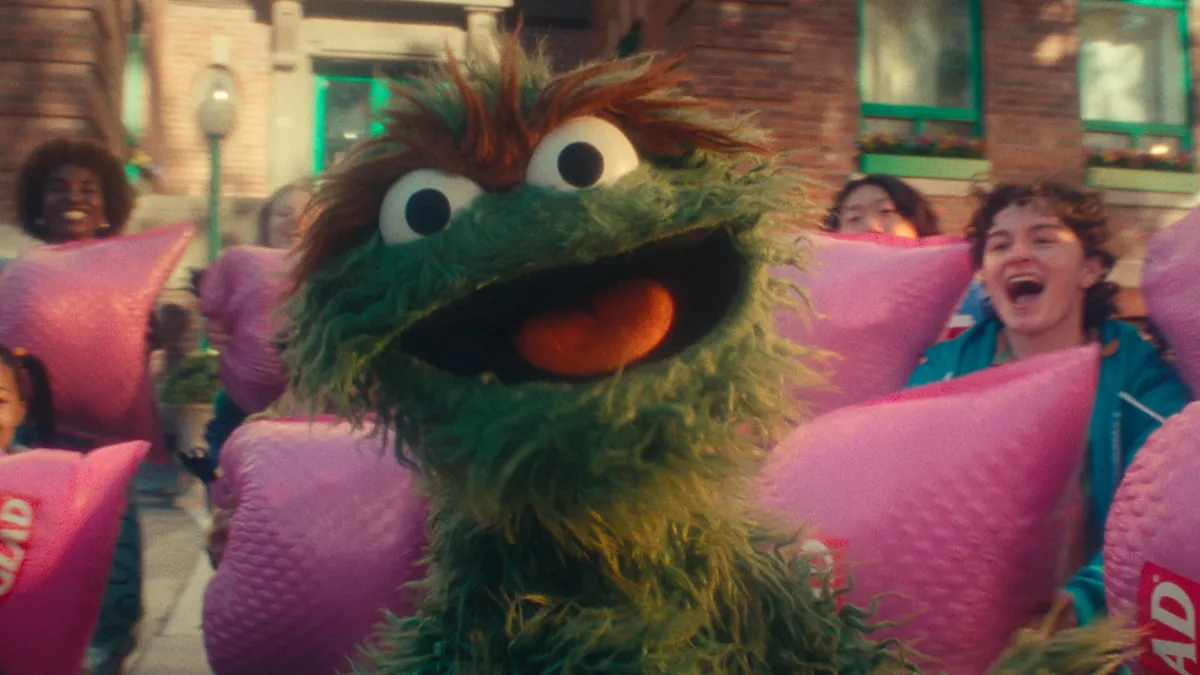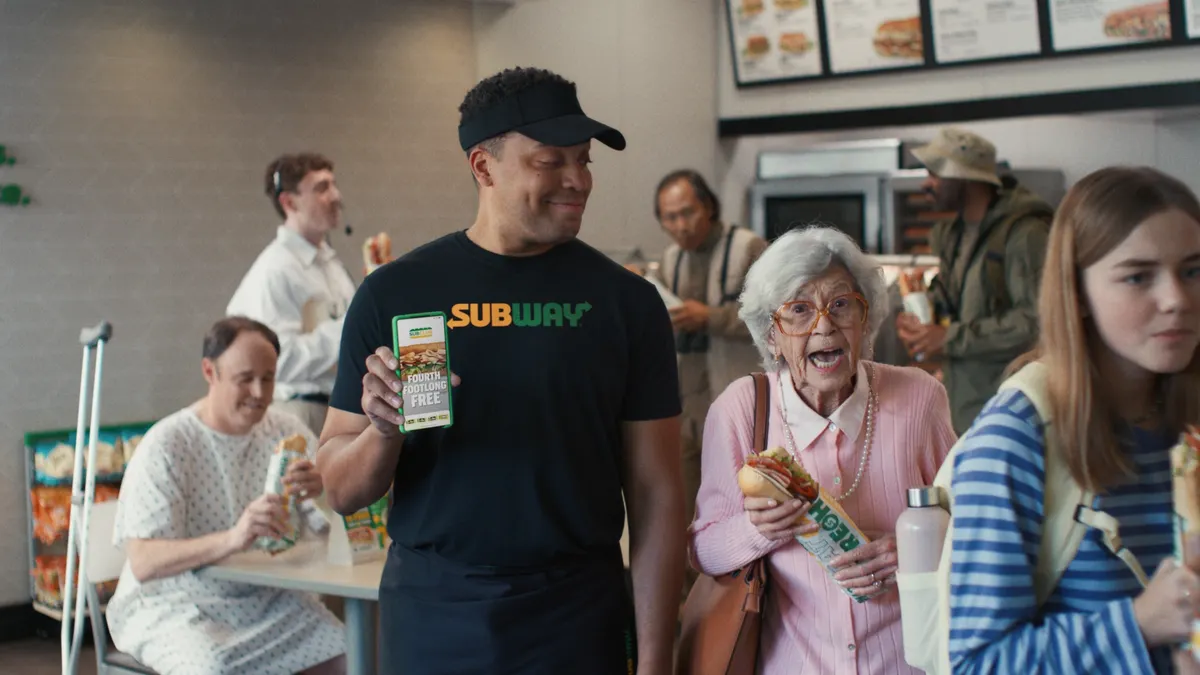TikTok is a unique beast. Videos on the viral platform rarely exceed 15 seconds, forcing creators to quickly produce punchy, ultrashort content — and a lot of it. The Bytedance-owned app entered a boom period last year as it hit the mainstream and has more recently soared in downloads as homebound consumers look for entertainment during the coronavirus pandemic.
With U.S. unique visitors up 48.3% so far this year, and brands and influencers flocking to capitalize on the influx of eyeballs, changing media habits during the COVID-19 era are shaping TikTok's evolution, which could see the platform's user base start to skew older and become more family oriented, a change that could attract more marketers.
"This platform is not like anything else. It's not like Twitter. It's not like Instagram, and it's not like YouTube," Cameron Partridge, SVP of client services and strategy at BEN, told Mobile Marketer. "You have to understand that the platform is driven by creators and what they're doing."
Brands like Chipotle and E.l.f. Cosmetics in recent weeks have braved TikTok's puberty phase and posted some success with interactive challenges and influencer tie-ins, helping to pave the way for how marketers use TikTok post-pandemic. While many brands are peeling back on major campaigns to trim spending amid an economic downturn, leveraging creator partnerships on the app could help them maximize budgets and reach engaged audiences on a burgeoning platform.
Uncharted waters
Back in mid-2019, TikTok was sitting pretty as a rapidly expanding channel, nabbing significant buzz and Gen Z attention. It boasted more than 800 million downloads worldwide and stood out as the only app in the top five most-downloaded ranking not owned by Facebook. It possessed a unique positioning among social media rivals in that it hosts exclusively mobile videos and is powered almost entirely by creators. A hashtag challenge featuring original music generated 5.1 billion views for E.l.f. Cosmetics, among other brand wins.
But despite the major marketing opportunity, TikTok was still mostly uncharted waters, with concerns about effective tactics and balancing brand safety with authenticity. The Financial Times in late 2019 highlighted moderation issues of violent and explicit content amid TikTok's explosive growth. Shortly after, the app reportedly was considering a curated content feed to allay brands' concerns around appearing alongside inappropriate content. The ongoing problems may dissuade marketers from more deeply working with TikTok if the platform can't adequately address them.
"This platform is not like anything else. It's not like Twitter. It's not like Instagram, and it's not like YouTube. You have to understand that the platform is driven by creators and what they're doing."

Cameron Partridge
BEN, SVP of client services and strategy
Still, several months into an outbreak that has urged health authorities to issue social distancing and stay-at-home mandates, the platform surpassed the 2 billionth download mark and saw the most installs in a quarter of any app ever as people spent more time at home, according to Sensor Tower data. Usage is soaring, and where the crowds flock, brands and influencers naturally follow, Partridge said.
"Building toilet paper forts in Walmart and outside-the-home activities like that aren't happening now, and events aren't happening for beauty influencers, so TikTok is getting an influx of creators come over while they have a little more time they haven't historically had," he said.
Peeling back on ad spend
Major marketers including General Motors, PepsiCo and General Mills are reportedly looking to cancel some of their Q3 spending commitments to traditional TV networks. Some brands that haven't gone dark are leaning more heavily on repurposed assets, influencers and user-generated content (UGC), as they're forced to get creative in developing fresh efforts while production shoots are on hold. This includes a boom in interactive efforts designed to forge deeper brand ties and build community.
Chipotle, for instance, launched a series of "Chipotle Together" sessions on videoconferencing site Zoom to corral fans and celebrity guests. Since its first remote gathering on March 16, the live video series has generated 500 million impressions and 100 earned media stories, a Chipotle executive previously told Mobile Marketer. Weeks later, the burrito chain teamed with E.l.f. Cosmetics on a TikTok hashtag challenge around a virtual prom.
Hashtag challenges on TikTok are a strong and popular tactic for community-building because they are fun, interactive and often popularized through influencers' wide-ranging networks. But brands looking to dabble in these challenges must tread carefully and be willing to sacrifice creative control, according to Partridge.
"The cautionary tale for brands is that you can't just casually hop in there. Nearly all TikTok content is from creators, not brands," he said. "As a brand just entering the platform, you want to leverage those you know. You don't want to go in and say 'Okay, we're going to hire a creative agency, creative director, and we're going to do a million-dollar production. Here's our six second video. Go.'
"That's not the most efficient way to spend as a brand, especially when you can leverage creators who are already making content and getting millions of views."
Opportunities to quickly spark buzz through hashtag challenges and TikTok abound now because of the domino effect from just a handful of fresh videos, according to The Influencer Marketing Factory CEO Alessandro Bogliari.
"You can achieve amazing results from three, four, five videos that are strong and have a storytelling element," he told Mobile Marketer. "Some brands see TikTok as a little game, not as a real social platform. When they are not educated or do not understand completely what it is, they fail and waste money."
What now?
The bulk of TikTok's audience is 16 to 24 years old. That user base is forecast to skew older later this year as homebound consumers have more time to explore the app, sources say.
"I don't think we can always assume that it's just a 13-year-old on there anymore," Partridge said.
Celebrities and brands more seriously digging into the platform in recent months is helping to draw a more diverse crowd that could shift TikTok's audience demographics in the long term. This suggests an opportunity for brands to get in front of consumers that hadn't historically tuned into the Bytedance-owned app.
"I think there's a difference between providing levity and escape and something fun for people to do, and being tone deaf about what's going on in the world."

Geoffrey Goldberg
Movers+Shakers, co-founder
"Families are also making videos together, which introduces parents and older relatives to the platform beyond just kids," Bogliari said. "Older folks are on there too, and they're the ones with more buying power."
As the age of the user base notches upward, TikTok and fellow social media will likely see a wave of fresh content and new creators once the pandemic wanes. People's creativity today is limited to the confines of their quarantine situations, and many creators will likely use this time to develop a swath of unique content for when social distancing mandates relax and they return outside, according to agency Movers+Shakers' co-founder Geoffrey Goldberg, who helped to develop E.l.f. Cosmetics' viral challenges. More content and a larger pool of creators are ultimately promising for brands looking to partner on TikTok efforts in the months ahead.
Working with a variety of creators gives brands more options to experiment and find partners with aligning values and mission.
"My advice is to not work with just one. It's a lot like investing. You don't want to put all your eggs in one basket," Partridge said. "Work with a lot and see who's actually driving the needle in whatever KPIs you're measuring."
More data-driven approaches to TikTok campaigns are expected to percolate as the platform undergoes its growth spurt. Before the pandemic, it was easy to spend an arbitrary dollar amount on the app, according to Bogliari, who said brands will want more data and measurement tools as they begin to view TikTok as a valuable social channel that stacks up against rivals.
Brands set the stage
Marketers in every category have changed their tone in ads and social content to avoid coming off as insensitive during the health crisis. People appear to be growing tired of coronavirus-related messaging, with 41% reporting earlier this month that they're now ready to hear from brands about topics unrelated to the pandemic. The findings underscore the opportunity on TikTok but could also put marketers in a tricky situation around balancing sensitivity and creative messaging, especially while keeping up with the platform's ultrafast pace.
"TikTok changes so rapidly, so it's tough to know how to be part of the conversation," Goldberg said. "You don't need to be 'OK, Boomer' about it and tell people what to do, but respecting what's going on in people's lives and not taking advantage of that will go a long way.
"I think there's a difference between providing levity and escape and something fun for people to do, and being tone deaf about what's going on in the world."




















